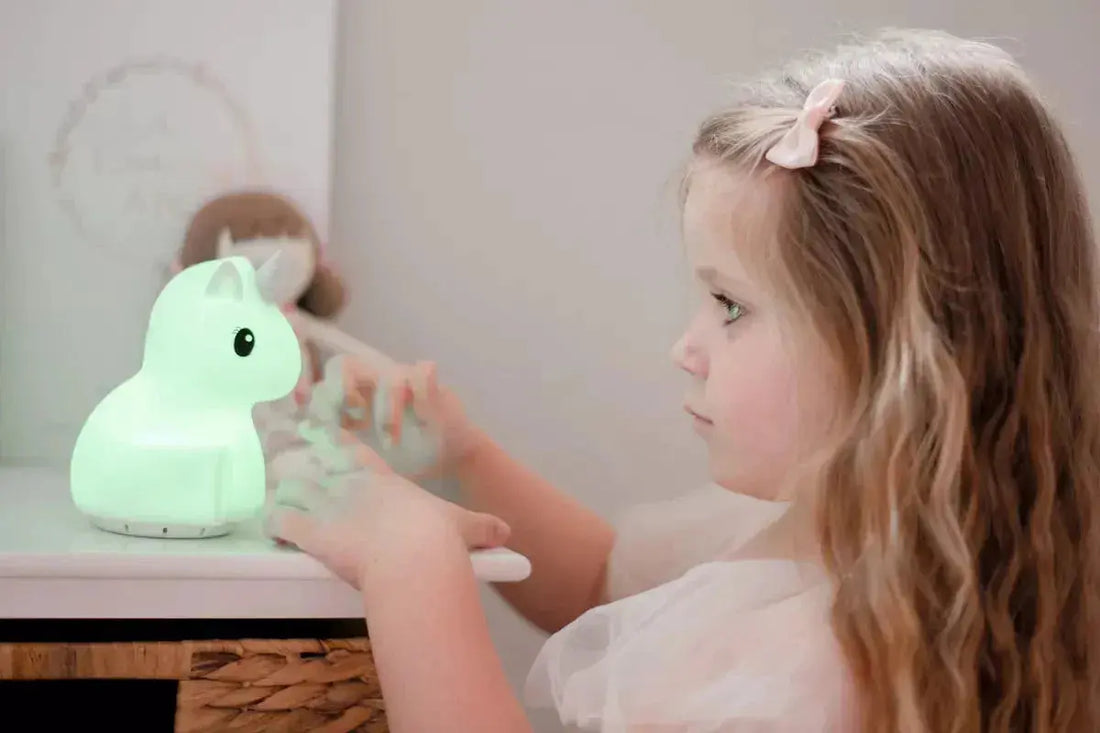Enhancing Sleep for Children with Sensory Processing Difficulties

What are Sensory Processing Difficulties?
It’s estimated that sensory processing disorder affects 5 to 16 percent of school-aged children. In fact, according toSPD Australia,it affects the functional skills of 1 in 20 children.
While all children can be particular about their likes and dislikes, children with Sensory Processing Disorder (SPD) will be so severely affected by their sensory preferences that it interferes with their normal, everyday functioning.
If we look at SPD in very basic terms, some children may find it difficult to process sensory information, this could include being over-sensitive to certain sensations, which means that just a small amount of that sensation will stimulate them. It could also include being under-sensitive to certain sensations. This means that it takes a lot of that sensation to stimulate that person.
Children can also have a combination of over- and under-sensitivities, over-sensitive to some things, under-sensitive to others.
Once you understand your child’s sensory preferences, you will be able to understand why they engage in certain behaviour or avoid certain activities or situations. You can also use this information to think of ways to help your child manage difficult situations.
*The symptoms of sensory processing disorder overlap with those of other disorders. For example, children with attention deficit hyperactivity disorder may display similar behaviours to children seeking sensory stimuli. Children with autism spectrum disorder (ASD) often have sensory processing difficulties too.
Sensory Processing Disorders - where to look for information?
There is so much information available online about Sensory Processing Disorder and Autism Spectrum Disorder which can be completely overwhelming when you are at the start of your journey, so we have put together a short list of useful websites to help you:
For adults and children on the autism spectrum
For those experiencing challenges with sensory processing
To empower autism families
To apply for support
Providing free services and support for families and carers
Expert advice for parents
The government’s website.
An Occupational Therapist can provide suggestions regarding adaptations and activities to help with your child’s sensory needs. However, to make sure your child gets the right diagnosis and support, it’s important they’re assessed by a qualified health professional, a GP is a great place to start.
Enhancing Sleep for Children with Sensory Processing Difficulties
A good night's sleep is fundamental to a child's health and well-being. In today's fast-paced world, creating a comforting sleep environment for our children has become more important than ever. It's not just about bedtime routines; it's about creating a space where the chaos of the day can melt away, allowing for restful sleep. And this is even more crucial for children with sensory processing difficulties.
From reducing noise and light disturbances to ensuring a comfortable room temperature, every little detail contributes to a peaceful night. Let's explore how we can optimize our children's sleep environment to support their overall health and happiness.
Duski Night Lights to the Rescue
1. The Soothing Power of Squishy Night Lights
Duski night lights are designed with a soft, squishy texture that many children find comforting to touch. This tactile element can be especially calming for kids who are sensitive to sensory inputs, providing a gentle, stress-relieving experience at bedtime.
2. Soothing Sound for Serenity (Bluetooth Feature)
Apart from their unique texture, our night lights come equipped with the ability to stream soothing white noise or pink noise through its in-built Bluetooth speaker. These sounds are known for their soothing properties, helping to mask disruptive environmental noises. This can be particularly beneficial for children with sensory processing difficulties who might find it challenging to sleep in complete silence or with background noise.
You can read more about the benefits of soothing background noises here.
3. Meditative Benefits for Restful Sleep
In addition to white and pink noise, our night lights also offer a meditation feature. This can help create a tranquil atmosphere, assisting children in unwinding and relaxing before sleep. For children who might feel overwhelmed by the day’s sensory experiences, this feature can be a valuable tool in their bedtime routine.
In a nutshell:
Creating a sensory-friendly sleep environment is key for children with sensory processing difficulties. Duski night lights, with their unique squishy texture, sound features, and meditative options, are designed to address these needs, aiding in a more peaceful and restful night's sleep.
Real Story from Real Parents

We recently asked Briana from Mrs Henderson & Co, an advocate for autism awareness and mum to two beautiful children, to give our night lights a try to see how they worked for her family and their bedtime routine.
This is what she had to say:
‘We have recently been trying out some lights from @mynightlight and my gosh it has certainly changed our night-time routine. The kids are so excited to be feeling in control of their own beautiful light, choosing a setting and colour each night. In particular William has really been enjoying the calming colours and watching them as it rotates each colour option.'- Briana
You can follow Briana’s family’s journey with autism on her socials:YouTube channel or Instagram.
If you would like to discuss whichnight lightis best for your family or have any questions, please don’t hesitate toreach out.



